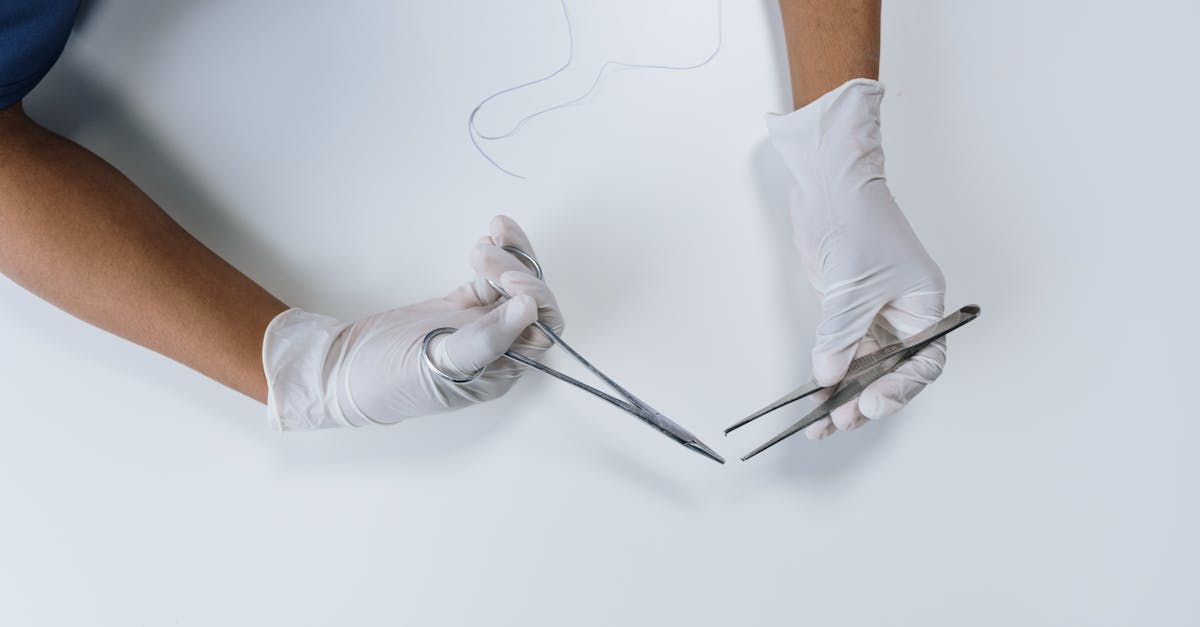A strong performer from today's morning trading session is QuidelOrtho, whose shares rose 5.5% to $86.62 per share. For those of you thinking about investing in the stock, here is a brief look at the company's fundamentals.
QuidelOrtho Corporation focuses on the development and manufacture of diagnostic testing technologies across the continuum of healthcare testing needs. The company belongs to the Healthcare sector, which has an average price to earnings (P/E) ratio of 13.21 and an average price to book (P/B) ratio of 4.07. In contrast, QuidelOrtho has a trailing 12 month P/E ratio of 6.3 and a P/B ratio of 1.2.
P/B ratios are calculated by dividing the company's market value by its book value. The book value refers to all of the company's tangible assets minus its liabilities -- meaning that intangibles such as intellectual property, brand name, and good will are not taken into account. Traditionally, a P/B ratio of around 1 shows that a company is fairly valued, but owing to consistently higher valuations in the modern era, investors generally compare against sector averages.
P/E ratios have their limits on their usefulness too. Since the P/E ratio is the share price divided by earnings per share, the ratio is determined partially by market sentiment on the stock. Sometimes a negative sentiment translates to a lower market price and therefore a lower P/E ratio -- and there might be good reasons for this negative sentiment.
One of the main reasons not to blindly invest in a company with a low P/E ratio is that it might have low growth expectations. Low growth correlates with low stock performance, so it's useful to factor growth into the valuation process. One of the easiest ways to do this is to divide the company's P/E ratio by its expected growth rate, which results in the price to earnings growth, or PEG ratio.
When we do this for QuidelOrtho, we obtain a PEG ratio of 0.81, which indicates that the market is undervaluing the company's projected growth (a PEG ratio of 1 indicates a fairly valued company). Your analysis of the stock shouldn't end here. Rather, a good PEG ratio should alert you that it may be worthwhile to take a closer look at the stock.


